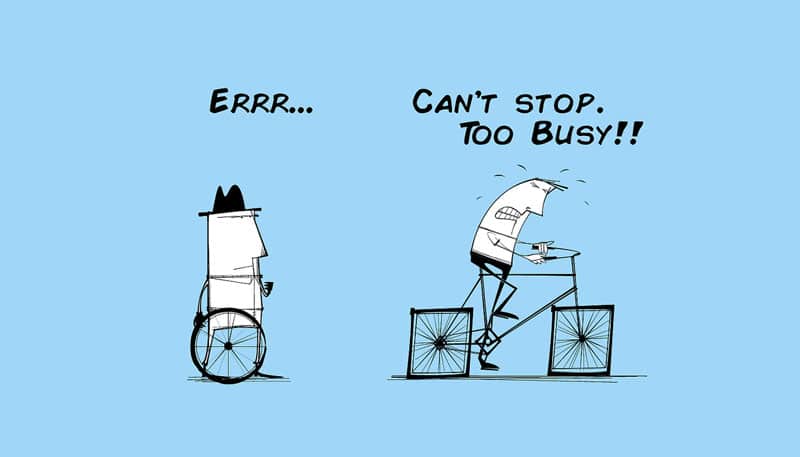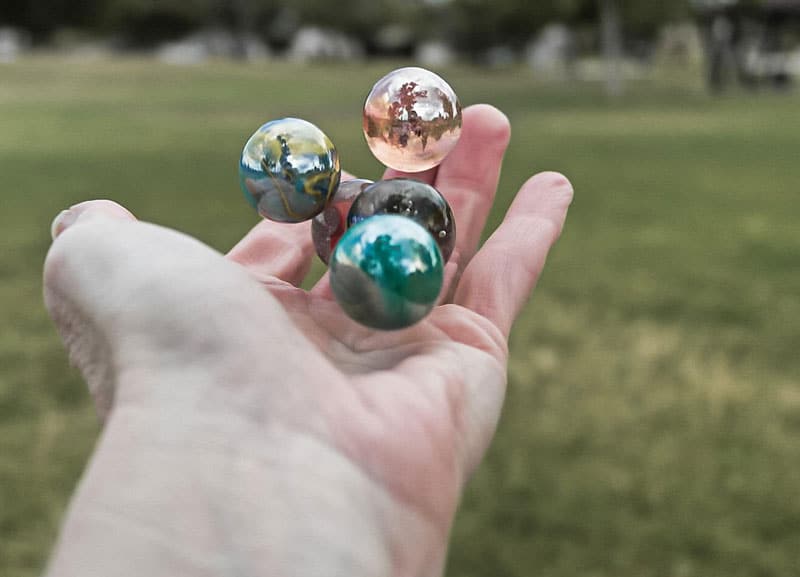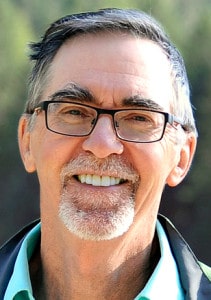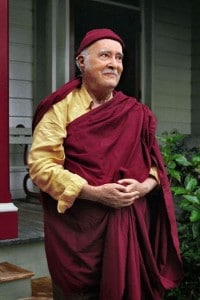This is an excerpt from the Kyoto Journal article ‘Moving Into the Stream: An Interview with Dharma Teacher Achariya Doug Duncan” by Brendan Joseph Ries.
People have busy lives because they’re afraid of being not busy. We want to go to every movie, see every show, meet every friend. Social media, which I have a lot of respect for is a great example. I have 2,000 friends—keeping up with 2,000 people, what does that mean? Why would you want to? There are other aspects but at what point are you just online cruising around because you don’t have anything better to do. There’s a tendency to need more and more information. We eat more and more food that makes us obese and in our mental diet that makes us stupid. If you look at a business like IBM they try to filter in only the information that is useful. How do you cut through all the irrelevant stuff in order to get down to what you need to get done?
That’s a problem with the Aquarian age, people want to go there, want to be here, want to do that and not miss anything, and they don’t get to it. So, what’s your priority and values? Regardless of how much you do and how much you know you’re still going to die in the end. If you want to attain wisdom, or get wiser, you need to let go into the unknown. Most of what people are pursuing is what they want to “know.” You can’t get wisdom from knowing more; you can only get wisdom from learning more and then surrendering to the unknown to integrate it. Letting go into the unknown is what’s hard for people, because it seems like defeat.
How would you characterize a healthy Buddhist practice?
Number one: I’d take out the word Buddhist. Number two: A practice which makes you more aware, more conscious, more compassionate, calmer, clearer, brighter, more awake, more blissful, that’s a good practice.
Some of it can be busier like yoga, some quieter like meditation; some of it can be serving an organization, as one does when performing karma yoga. Some of it can be economic like making money. A good practice is mindfulness in everything you do always. Busy mindfulness in exploring, or quiet mindfulness in terms of calm. That would be a good practice.
About Doug Duncan:
In 1970, the 19-year-old Saskatchewan Doug Duncan knew he had to travel. Cutting short his final year of college in Ottawa, he went overseas for a year, to Europe, India and Nepal, and then returned home through northern Africa. Back in Canada, he moved to Vancouver Island (“as a hippie”),encountered Ram Dass’ book, Be Here Now, and made a mystical connection with the Canadian-born dharma teacher George Dawson, later known as Namgyal Rinpoche. In 1974 Duncan finally met Rinpoche and commenced his spiritual training under
him.
Namgyal Rinpoche was the first Westerner to be publicly acknowledged as a Rinpoche. The 16th Karmapa, head of the Karma Kagyu lineage of Tibetan Buddhism, proclaimed him one in 1969 in Rumtek, Sikkim (now part of India). In Dawson the Karmapa saw an incarnation of Sakya Namgyal, the first in a revered line of teachers known for bringing the the dharma to
new places.
Following decades of study with the Canadian Rinpoche who freely melded Tibetan and Western traditions with Sufi, Taoist and Zen principles, Duncan was given permission to teach, and today travels each year to dharma centers throughout the world, accompanied by co-teacher Catherine Pawasarat.





